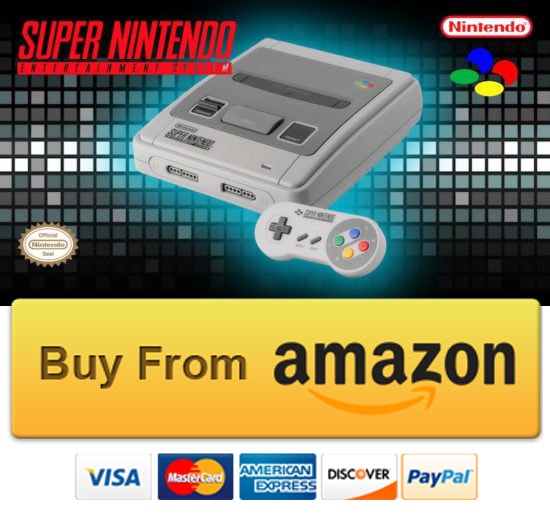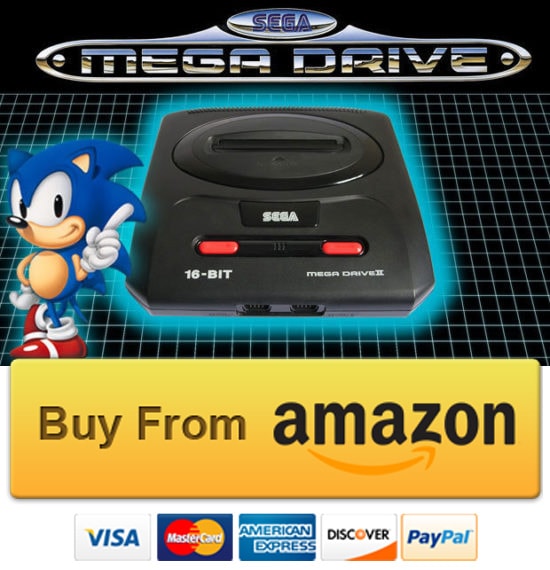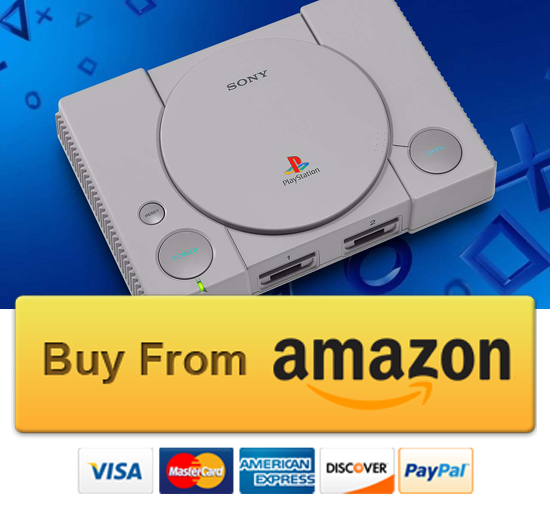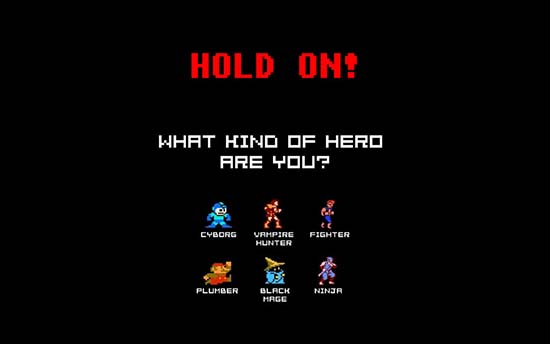CLICK TO READ MORE:VIDEO GAMES OF 1982 Video Games 1982: Electronic Games holds the third Arcade Awards, for games released during 1980-1981. Pac-Man wins the best arcade game award, Asteroids (Atari VCS) wins the best console game award, and Star Raiders (Atari 8-bit family) wins the best computer game award. Starcade, a video game television game show, debuts on TBS in the United States. Source Please scroll down to vote for your favorite video games of 1982. Thanks! Timex Sinclair releases a modified ZX81 in the US as the TS1000. It’s the first sub-$100 home computer. Commodore Business Machines releases the Commodore 64 home computer, which would become the European market leader and one of the best-selling computers of all time. NEC releases the NEC PC-98, which would become the Japanese market leader and one of the best-selling computers of all time. It is released as the APC overseas. Sharp releases the X1. Sinclair Research releases the ZX Spectrum home computer, which would become the most popular gaming computer of its generation in the UK. Dragon Data, initially a subsidiary of Mettoy, releases the Dragon 32 home microcomputer. Atari releases the Atari 5200 home console, a lightly modified Atari 8-bit computer with analog joysticks and no keyboard. Coleco Industries releases the Gemini, an Atari 2600 clone. Emerson releases the Arcadia 2001 home console. Entex releases the Adventure Vision home console. General Consumer Electronics releases the Vectrex home console. Also, Coleco releases the ColecoVision home console. Sega releases the Sega Zaxxon, an arcade system board that introduces isometric graphics. Namco releases the Pole Position, the first arcade system board to use 16-bit microprocessors, with two Zilog Z8002 processors. It is capable of pseudo-3D, sprite-scaling, and displays up to 3840 colors. Computer Video Games 1982: Infocom releases their first non-Zork title, Deadline. Richard Garriott and Sierra On-Line released Ultima II: The Revenge of the Enchantress. However, controversy with Sierra over royalties led the series creator Richard Garriott to start his own company, Origin Systems. Microsoft Flight Simulator 1.0 is released for MS-DOS. It becomes a standard compatibility test for early PC clones. Big Five Software releases the widely ported Miner 2049er, a platformer with ten screens compared to the four of Donkey Kong. Brøderbund releases Choplifter for the Apple II. Edu-Ware releases Prisoner 2 for the Apple II, Atari, and IBM PC. Koei releases The Dragon and Princess, the earliest known Japanese RPG, for NEC’s PC-8001 home computer platform. It is an early example of tactical turn-based combat in the RPG genre. Koei releases Night Life, the first erotic computer game. Pony Canyon releases Spy Daisakusen, another early Japanese RPG. Based on the Mission: Impossible franchise, it replaces the traditional fantasy setting with a modern espionage setting. Sir-Tech Software, Inc. releases Wizardry II: The Knight of Diamonds, the second scenario in the Wizardry series. Sierra On-Line releases Time Zone for the Apple II.[10] Written and directed by Roberta Williams, the graphical adventure game shipped with 6 double-sided floppy disks and cost US$99. Synapse releases Necromancer and Shamus for the Atari 8-bit family. Hiroyuki Imabayashi’s Sokoban is released for the NEC PC-8801 and becomes an oft-cloned puzzle game concept. Datamost releases the action/adventure game Aztec for the Apple II. Console Video Games 1982: Atari releases the Atari 2600 version of Pac-Man. 12 million cartridges are produced, 7 million sold; it’s believed to be one of the causes of the North American video game crash of 1983. Activision releases Pitfall!, which goes on to sell 4 million copies. Atari releases Yars’ Revenge. Overlooked arcade games are revitalized as ColecoVision launch titles, including Cosmic Avenger, Mouse Trap, Lady Bug, and Venture. Atari releases Swordquest: Earthworld, the first title in a planned four-game contest. Atari releases E.T. the Extra-Terrestrial. Written in five and a half weeks, it’s one of the games that sparks the crash of 1983. E.T. the Extra-Terrestrial (video game) Activision releases River Raid, Megamania, Barnstorming, Chopper Command, and Starmaster for the Atari 2600. River Raid becomes one of the all-time bestselling games for the system. Starpath releases Dragonstomper (the only RPG for the Atari 2600) and Escape From the Mindmaster. Parker Brothers releases Star Wars: The Empire Strikes Back for the Atari 2600, which is the first Star Wars video game. Imagic releases Demon Attack, Atlantis, and Dragonfire for the 2600. Even though, Atlantis sells over a million copies, Demon Attack doubles that. Arcade Video Games 1982: Sega releases Zaxxon, which introduces isometric graphics, and looks far more 3D than any other raster game at the time. Midway releases Ms. Pac-Man (despite it being copyrighted as 1981); it is (as the name suggests) the sequel to Pac-Man, but was created without Namco’s authorization. They also release Baby Pac-Man and Pac-Man Plus without Namco’s authorization later in the year; the former is a pinball/video game hybrid. Namco releases Dig Dug, manufactured by Atari in North America. Nintendo releases Donkey Kong Jr., the sequel to Donkey Kong. Taito releases parallax scroller Jungle Hunt. Namco releases Pole Position, one of the first games with stereophonic and quadraphonic sound. Featuring a pseudo-3D, third-person, rear-view perspective, it becomes the most popular racing game of its time. Sega releases maze game Pengo, starring a cute penguin. Namco releases Super Pac-Man, the third title in the Pac-Man series. Universal releases Mr. Do! solely as a conversion kit, the first game in the series. Konami releases Time Pilot, Namco releases Xevious which sets the style for scrolling shooters to come. Gottlieb releases Q*bert. Bally/Midway releases the Tron arcade game before the movie. Atari releases Gravitar which, though extraordinarily difficult, inspires a number of gravity-based computer games. Williams Electronics releases Joust, Robotron: 2084, Sinistar, and the second game of the year with parallax scrolling, Irem’s Moon Patrol. Robotron popularizes the twin-stick control scheme for fast action games. Data East releases BurgerTime. Taito releases Front Line, which creates the blueprint for mid-80s, vertically scrolling, commando games. In addition, Electro Sport releases Quarter Horse, the first Laserdisc video game. Arcade By Nintendo Arcade By Namco & AtariVideo Games 1982
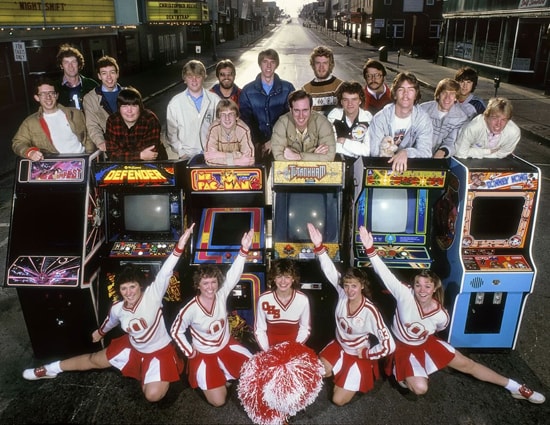
Computers and Consoles in 1982
Vectrex, Colecovision and Others
Pseudo 3D, Sprite-Scaling and Isometric Graphics
Computer Games 1982
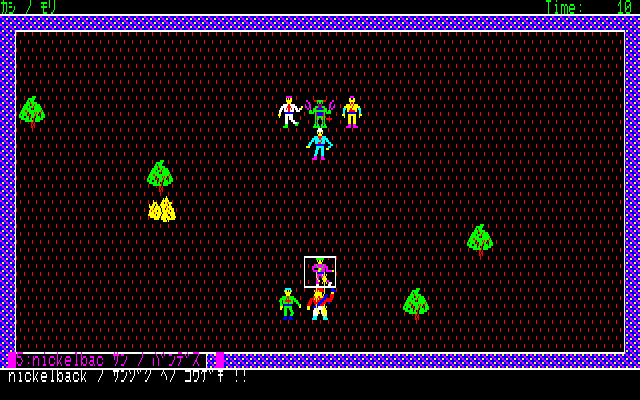
Console Video Games 1982
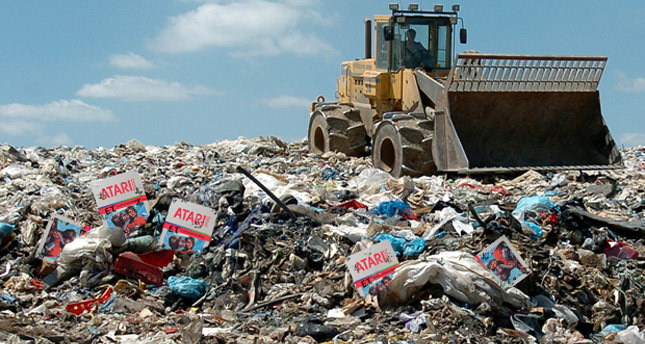
Arcade Games 1982
Other Arcade Video Games 1982
Donkey Kong Jr.
Dig Dug
Coming Soon
Coming Soon
Coming Soon
Coming Soon

